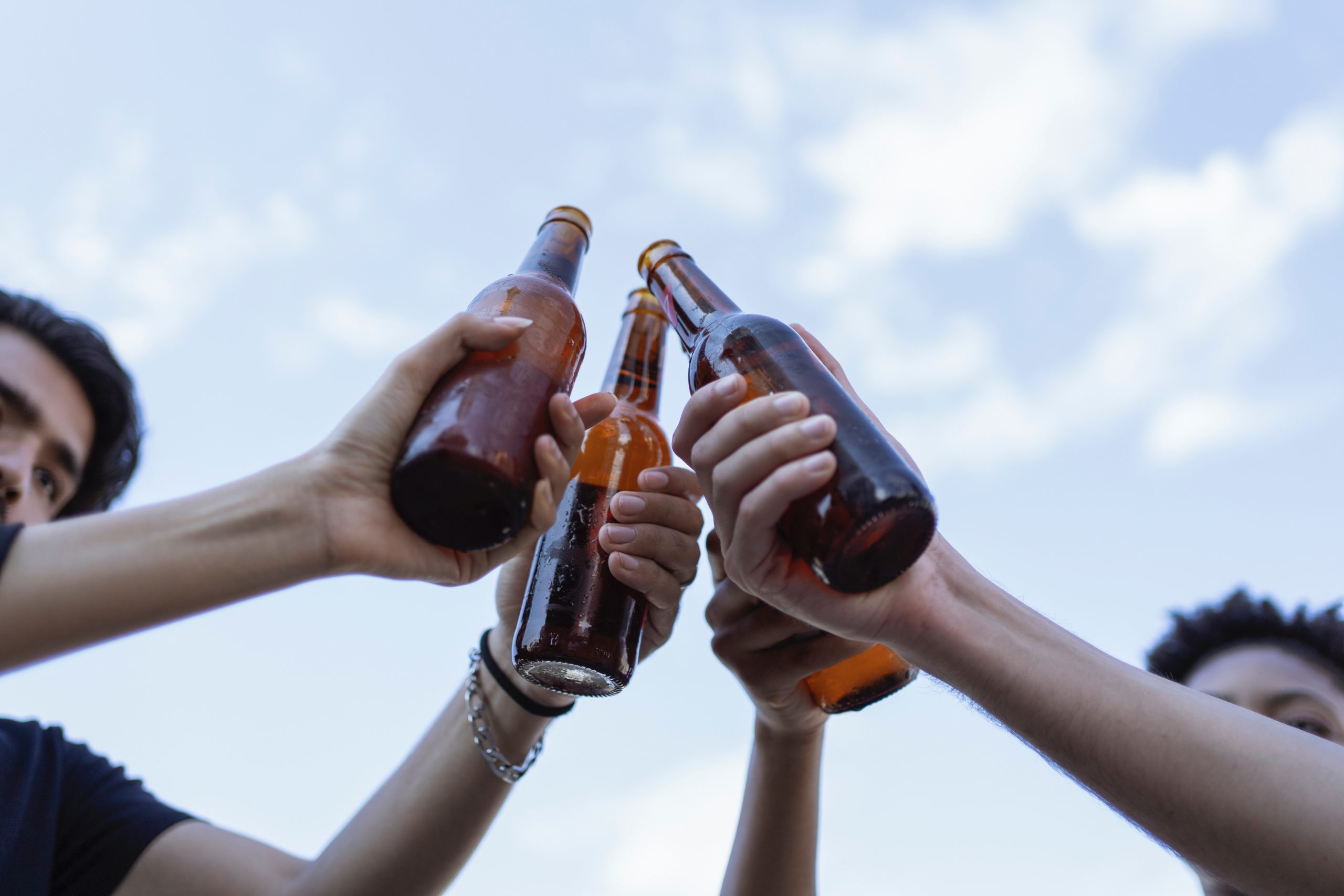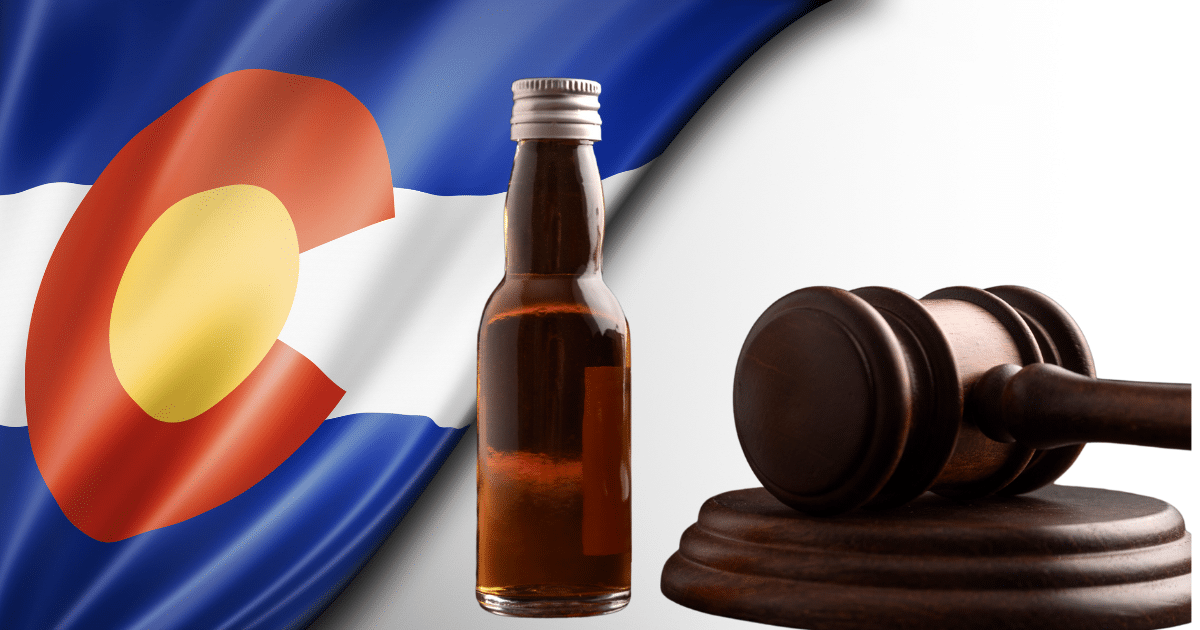The Effects of a Dry University Campus
What is a dry campus?
Well, a dry campus refers to any university that bans any use of alcohol on site. This means you can’t consume alcohol anywhere, even in dorms or at sporting events, and even if you’re over twenty-one.
For many, drinking is a way to have fun or to relax and unwind after a hard day.
Some students take this a stage further, though. Some view orientation as one long party. For others, the concept of college life without alcohol would seem unthinkable.
Alcohol, then, is ingrained in college culture. But, heavy drinking brings with it many adverse effects, some potentially fatal.
After a college experience predicated on heavy drinking, many graduate with a drinking problem as well as a college degree. As alcoholism is a progressive disease, this can negatively impact their life until treated.
So, a dry university provides an educational culture free from the pressure to knock back shots of tequila. Today, one in three campuses in the US ban alcohol. Dry universities are more common in the Midwest and in the southern states. Many are affiliated with churches that don’t condone alcohol consumption.
Binge Drinking and College
Binge drinking is common in college. The National Institute of Alcohol Abuse and Alcoholism defines binge drinking as a drinking pattern that brings alcohol levels to 0.08% within 2 hours. For most people, this means that 3 or 4 standard drinks.
This is the definition of a standard drink:
- 12 fluid ounces of beer
- 5 fluid ounces of wine
- 1.5 fluid ounces of vodka, tequila, or whiskey
To put the above into clear perspective, 1.5 fluid ounces equates roughly to a shot of tequila.
The legal blood alcohol content (BAC) is 0.08% and one standard drink is 0.02%. Each standard drink raises the BAC by 0.02%, so after three or four drinks a person has a BAC of 0.08%. When you consider how many tequilas, whiskey, or Jägermeister shots young people can consume at a party, they could be hitting the legal limit in as little as thirty minutes.
There are many tales of tragedy concerning university students who had way too much to drink, with sometimes deadly consequences.
Hazing
News reports continually surface regarding college students who die due to alcohol-related hazing.
Hazing is a form of initiating a person into a university group or fraternity. As an activity, it degrades, humiliates, endangers, or abuses individuals under the guise of initiation. With college hazing, students are often expected to consume dangerous amounts of alcohol.
The practice of hazing aims to promote solidarity as shared traumatic experiences are supposed to be bonding.
There have been hazing deaths every year at university, usually related to alcohol consumption. A recent news story came out of a 20-year-old who died of alcohol poisoning after a hazing party. These stories keep on hitting our news feeds.
What about these dry campuses, then? Are they having any effect or are they a waste of time?
Do Dry Campuses Work?
Dry campuses remove the party atmosphere from campus, and they also remove peer pressure. That said, many argue that alcohol bans do nothing to solve the problem but simply push alcohol use underground in the same way as drug use.
It’s tough to find dry campus statistics to establish a full picture. But, one study published in 2020 found that:
- Students from dry campuses were 30% less prone to episodic drinking
- Students from dry campuses were more likely to abstain from alcohol
However, the study also found that students who drink alcohol but attend dry campuses still engaged in extreme drinking regardless.
The study found that students tended to drink less heavily overall and to experience fewer negative side-effects of drinking. However, it is unclear whether this is because the students chose to attend a dry campus.
Has Teen Alcohol Poisoning Admissions Decreased in Emergency Departments?
The National Survey on Drug Use and Health (NSDUH) does show how many young people needed alcohol treatment but didn’t receive treatment.
There doesn’t seem to be much change between 2017 to 2018 and 2018 to 2019. There is no data yet on 2019 to 2020, so 2018 to 2019 is the most up-to-date. We do not yet know the impact of the pandemic on emergency department admissions.
| 2017 to 2018 report | 2018 to 2019 | |
| Kentucky
Age 12 to 17 18 to 25 |
6
38 |
6
40 |
| Oklahoma
Age 12 to 17 18 to 25 |
5
42 |
5
40 |
| Las Vegas
Age 12 to 17 18 to 25 |
4
28 |
4
28 |
| Indiana
Age 12 to 17 18 to 25 |
8
71 |
9
71 |
Dry campuses have some advantages. They remove the party culture and foster a serious and hardworking environment. Unfortunately, as dry campuses impose harsh punishments for drinking alcohol it can push drinkers underground.
Beyond this, if students aren’t encouraged to talk freely about an alcohol problem, they will be less likely to seek help. The punitive nature of a dry campus increases feelings of shame and the need to hide a drinking problem.
Ultimately, some people will drink alcohol even if it’s prohibited in just the same way that people use illegal drugs. That’s life. For those who drink purely through peer pressure, though, dry campuses can be beneficial.
More studies are needed to measure the impact of alcohol-free campuses.
What Comes Next
If you’re a college student concerned about being dependent on alcohol, we’re here to help not judge. With the right personalized treatment, whether inpatient or outpatient, you can put alcohol use disorder behind you and embrace a life of sustained sobriety.
Reach out to the friendly admissions team here at Landmark Recovery. You can call us today at 888-448-0302.

Choose Recovery Over Addiction
We're here 24/7 to help you get the care you need to live life on your terms, without drugs or alcohol. Talk to our recovery specialists today and learn about our integrated treatment programs.




